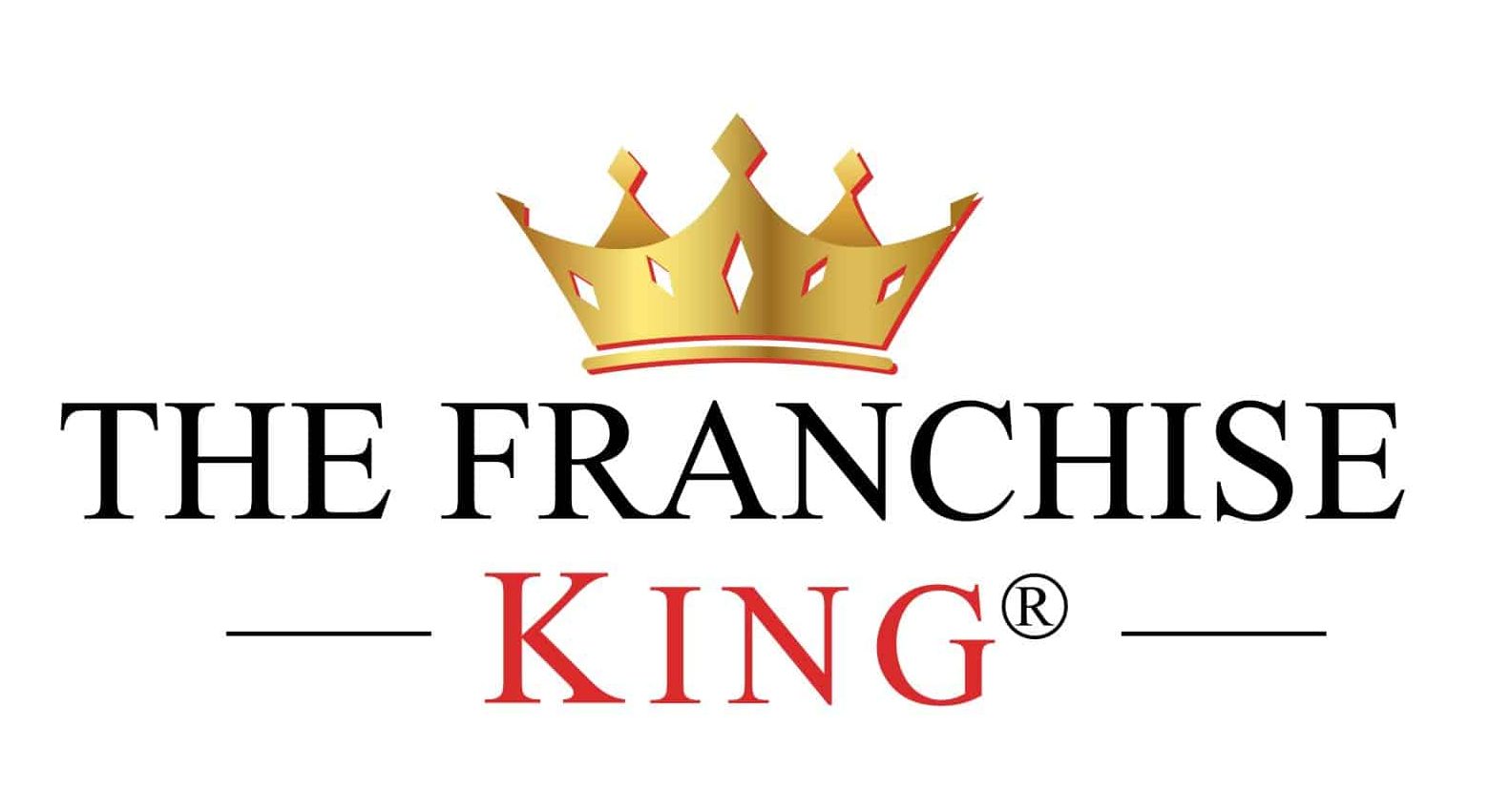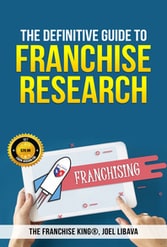
Deciding to buy a franchise isn’t just about finding the right brand—it’s about figuring out how you’re going to pay for it. In other words, financing a franchise.
That said, after 24+ years in franchising, I’ve watched countless aspiring franchise owners struggle with the financing question, often making costly mistakes that could have been avoided with better information.
The truth is, franchise investments typically range from $50,000 to well over $1 million. So, unless you’ve been sitting on a mountain of cash, you’ll likely need financing. The good news? You’ve got options. The bad news? Not all of them are created equal for your situation.
Let’s look at a few of the best ways to finance a franchise.
Traditional Bank Loans: Still the Gold Standard For Financing a Franchise
Despite newer financing methods emerging, SBA-backed loans remain the go-to for most franchise buyers.
With interest rates typically 2-3% above prime and terms extending up to 10 years, they’re hard to beat. The catch? Banks want to see strong credit (think 680+ score), significant personal investment (usually 25-30% down), and collateral.
See today’s current Prime Rate
I remember working with a former corporate executive who secured a $250,000 SBA loan for his retail franchise.
In his case, preparation made all the difference—a complete business plan, personal financial statements ready to go, and more.
And I’m sure he would have run his numbers on my (new) franchise loan calculator-if it had been around then.
That’s because he could have used it to understand exactly what his monthly small business loan payments would have looked like before approaching lenders.
Franchisor Financing: The Insider Track
More franchisors are offering direct financing (for the upfront Franchise Fee) or are “partnering” with preferred lenders. Now, this isn’t charity—franchisors want to sell units, and financing helps close deals.
The terms may not always match bank loans, but the approval process is typically streamlined for qualified candidates.
And some of my clients have secured 50-70% of their total investment through these programs, especially with established brands that understand their unit economics inside and out.
401(k) Business Financing: Tapping Retirement Funds To Finance a Franchise
This option, called Rollovers as Business Startups (ROBS), lets you use retirement funds without early withdrawal penalties. It’s not a loan—you’re investing in yourself.
I’m seeing more clients go this route, particularly those over 45 who’ve accumulated substantial retirement savings. But let me be clear: this requires proper legal structuring. Don’t DIY this one. Use these guys.
Financing a Franchise With Alternative Lending
Online lenders, peer-to-peer platforms, and revenue-based financing options have expanded rapidly. These typically offer faster approval but at a cost—interest rates often range from 8-25%, significantly higher than some more traditional loans.
With that in mind, I only recommend these for short-term needs or when conventional options aren’t available. But, they’re particularly useful for working capital after you’re already operating.
Running the Numbers: Use My Free Franchise Loan Calculator
Here’s where many prospective franchisees stumble—understanding the true impact of loan terms on cash flow. This is why I developed a franchise loan calculator, which will quickly become an indispensable tool for serious franchise buyers.
The calculator provides spots for you toi type in:
- Franchise Loan Amount
- Loan Term In Years
- Interest Rate
Finally, and most importantly, you can plug it into your live Business Plan, so you can figure the break-even time for your new franchise business.
For example, if you’re looking to buy a restaurant franchise requiring $600,000 in startup capital, my calculator will reveal that choosing a 7-year term instead of 5 years will reduce your monthly payment a lot. And maybe help you get to break-even faster. That way, you can start putting profits into your pocket!
Building Your Franchise Finance Strategy
The most successful franchise buyers I work with approach financing as a portfolio, not a single solution.
For example, maybe you’ll use savings for the down payment, an SBA loan for the bulk of the investment, and a line of credit for working capital. Sounds reasonable, right?
Of course, your financing strategy should align with both short-term needs and long-term goals.
For instance, are you planning to own multiple units? Factor that into your initial financing conversations.
Do you want to exit in five years? Longer loan terms might not make sense.
The Bottom Line
Financing a franchise is rarely a one-size-fits-all proposition. Your personal financial situation, the franchise system you’re joining, and your growth objectives all influence the optimal approach.
So, before you sign a Franchise Agreement, run your numbers through our franchise loan calculator, consult with a franchise-savvy accountant, hire a franchise lawyer, and perhaps most importantly, talk to existing franchisees about their financing experiences. Why?
Because the few hours you spend on these steps could save you thousands of dollars in the long run.
Remember, the best franchise opportunity in the world becomes the worst investment if improperly financed.
So, take your time, do your homework, and structure a financing solution that positions you for financial success from day one.
About the Author
The Franchise King®, Joel Libava, is a leading franchise expert, author of "Become a Franchise Owner!" and "The Definitive Guide to Franchise Research." Featured in outlets like The New York Times, CNBC, and Franchise Direct, Joel’s no-nonsense approach as a trusted Franchise Ownership Advisor helps aspiring franchisees make smart, informed decisions in their journey to franchise ownership. He owns and operates this franchise blog.
Note: When you buy through links on this website, we may earn an affiliate commission.








